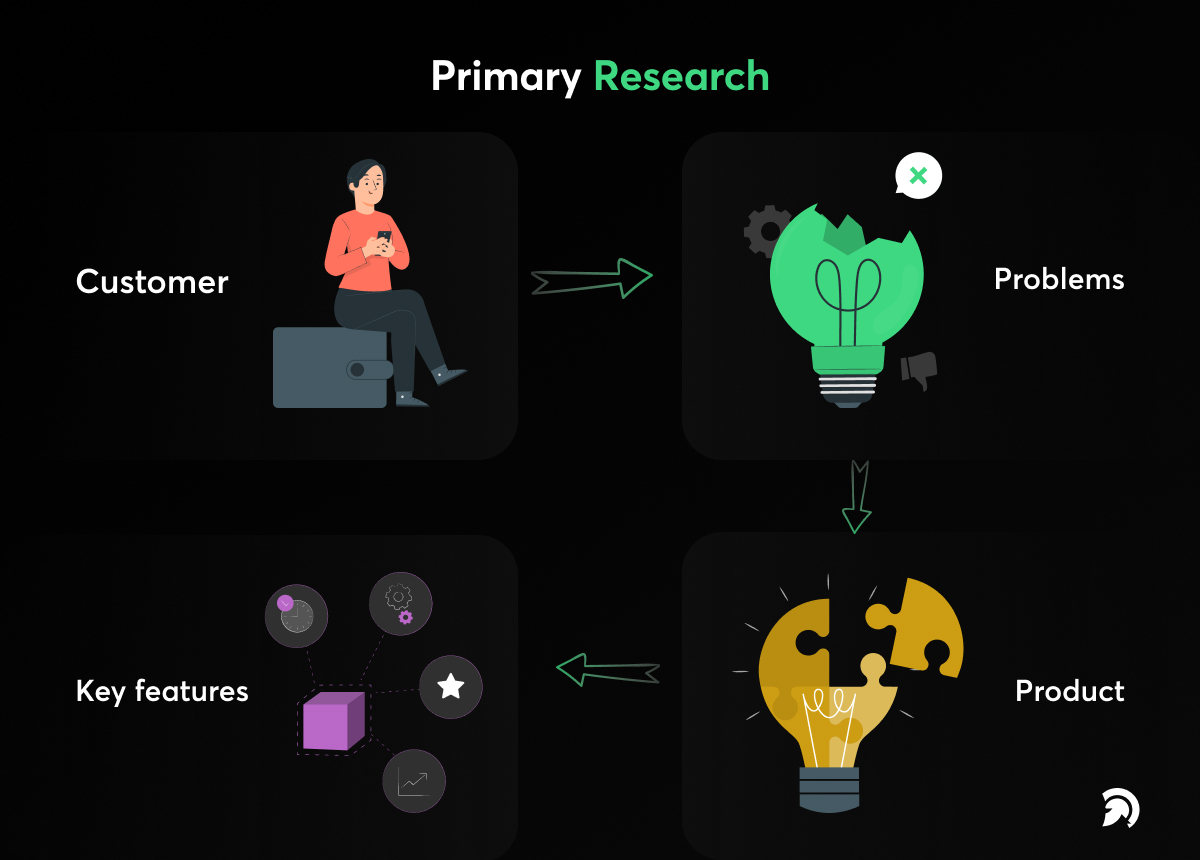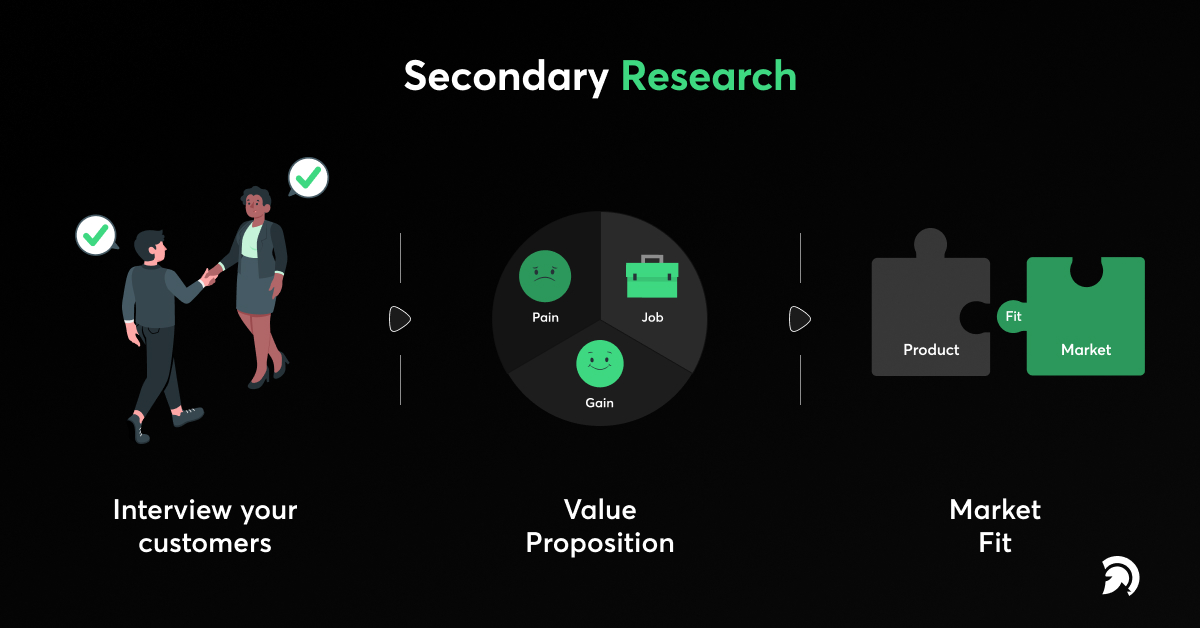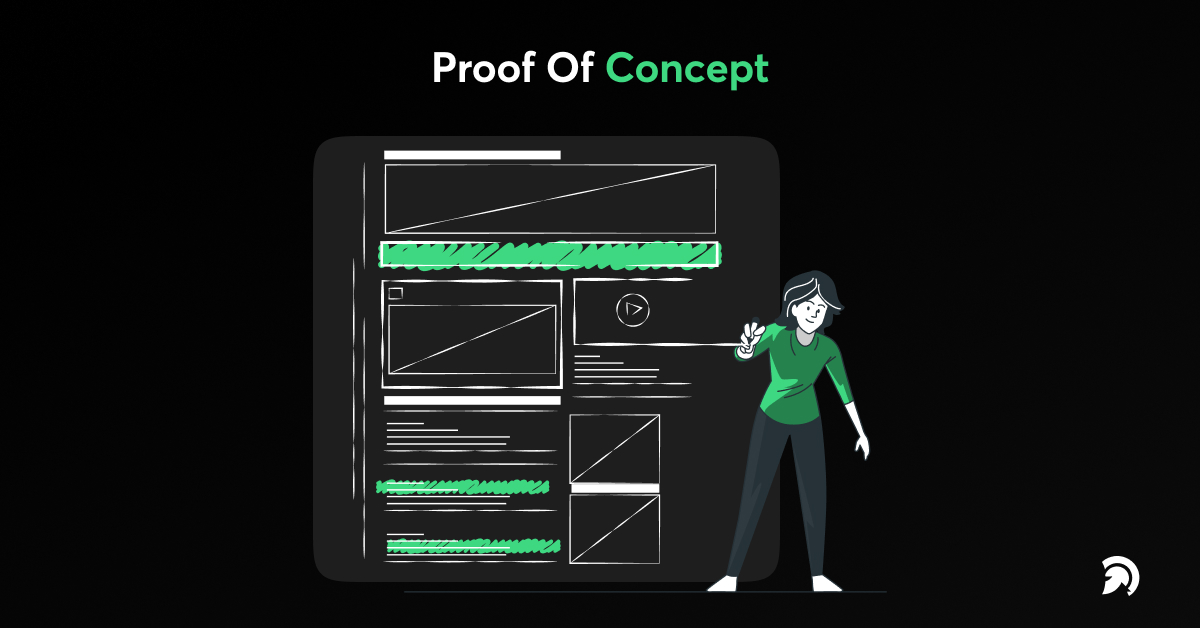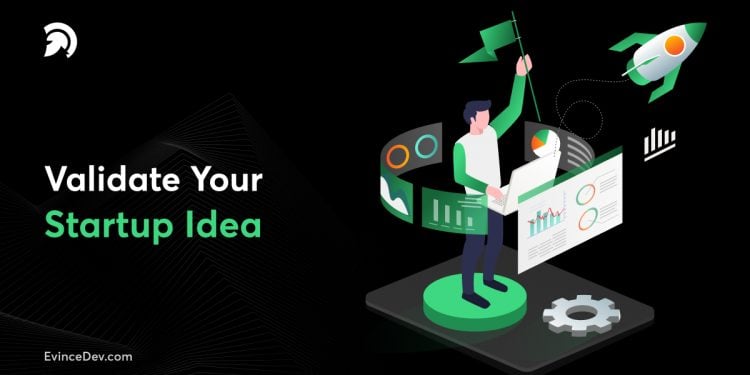Coming up with an idea for a future product, let alone turning it into action, is hardly the most challenging task. What is hard is to develop a good concept that people would be willing to pay you for it. Just because you can’t find anything on the market right now doesn’t imply you’ve come up with a great idea. A product or service like this may go mostly unnoticed by users.
According to Fund squire, over 60% of startup founders fail during the first three years of operation. It is a frightening statistic for any new entrepreneur, but you can prevent it by validating your startup idea.
Before you commence working on the project, you must do a market analysis and confirm your business idea. You must not neglect this phase, no matter how much expertise you have or how certain you are in your best startup ideas.
In this post, we’ll explain how to evaluate a startup idea, whether it’s a web-based system, a mobile phone app, or a software product.
What Is Idea Validation In A Startup?
Testing a product idea in the real world, collecting data, facts, and analytics around the idea through tests, and making clear choices regarding the potential of the idea is known as idea validation. It is an essential part of a new firm startup, a custom mobile app development company, and it helps you in the following ways:
- Reduce the possibility of developing and investing in the wrong project.
- Startup idea validation results in the rapid development of market-leading services.
- It saves money.
- Reveals the actual demand for the product.
- Gather information about the best time to launch.
- It demonstrates that it may efficiently promote the product.
Even if you’re a first-time startup entrepreneur or have numerous firms in your portfolio, every new firm should provide a solution to an issue worth solving.
Reasons for Startup Fail
Numerous startup failures are attributed to a lack of finances and an inability to implement the idea. The fundamental cause is a lack of research in marketing plan validation, concept validation, potential, and a lack of a suitable idea validation method.
According to a CBInsights survey, the number one reason startups fail is a lack of market demand, when a product or an idea, no matter how creative or ground-breaking, lacks a sustained degree of market demand.
However, many aspiring entrepreneurs go headfirst into developing their Minimum Viable Product (MVP) based on their opinions and assumptions about the qualities of their concept before examining whether or not there is an actual demand for their idea.
It is critical to validate your business startup ideas before proceeding with any implementation. It is to avoid wasting time and money developing a product or service when there may be no market demand for it.
How To Validate A Product Idea?
If you feel your idea will solve a genuine problem for the target audience, you should engage with prospective customers and test it before working on it. This article will walk you through the process of testing a startup concept. To begin, you should conduct primary and secondary research to validate your idea, which may include:
Primary Research

1. Who is your customer?
You’re already setting yourself up for failure if you say “everyone.” Make a point of being specific and identifying the target market. For example, if your customer is a company, respond: What type of business is it? What is the usual size of a business? In a particular market? What is the buyer’s legal name?
2. What problems are you solving?
Many entrepreneurs start with the product – they focus on the features, deploy the product, and then complain about why it isn’t gaining momentum. The recommendation is, to begin with, the problem. It entails being clear about the challenges your solution answers. You may validate whether clients regard these concerns as problems by writing them down. And, maybe more crucially, whether customers believe these are problems worth addressing.
3. How does your product solve those problems?
Only when you’ve set down the problem can you go on to the product. From here, you may immediately relate the value of your product to customer concerns. How can resolving their difficulties improve their lives? Is it making them extra money? Does it look better?
4. What are the key features of the product?
The features must be more than great; they must solve particular problems—the more quantifiable (e.g., time saved, money earned), the better. We advise you to think about Minimum Viable Product and keep the feature set as simple as feasible (You must offer quite enough value for specific customers to purchase).
Secondary Research

1. Interview your customers
When we speak of interviewing, we’re not referring to a quick chat (or worse, a survey). Begin with a list of questions, but wander from the list as you understand more. Begin the conversation with a feeling of interest in the customer’s problem and wants, and you’ll gain a lot of helpful information.
2. Value Proposition
We advise entrepreneurs to emphasize less on features and more on describing their product’s value proposition. What does this imply? A value proposition describes the anticipated benefits that a consumer will obtain from utilizing your product. Value might be quantifiable, such as time saved or income generated, and it is typically simple to measure.
However, the value may also be qualitative, such as pain alleviation or lifestyle advantages provided by your product. You may differentiate your product from the competition by adequately analyzing and recording this qualitative value through user interviews.
3. Market Fit
Don’t be disheartened if it proves your assumptions incorrect early on. It is conceivable that you will not have attained product-market fit and that a change in direction is all that is required.
Use the input form validation to enhance your proposal continually and address any possible roadblocks before implementation. Many business entrepreneurs also opt to pivot their concepts, reframing the problem and its solution.
If you decide to undertake your research, the following online resources may be helpful:
- Google: If you’re confused, Google it. To perform complete research, use any search engine; however, if you need to go in by looking at patterns relevant to your service or product, tools like Google Ads, Google Trends, and Google Analytics come in helpful.
- LinkedIn: LinkedIn is not just a networking site; it may help you learn about your competitors and decision-makers in your business.
- Quora & Reddit: These are kind of out of the ordinary, but they do reveal insights into the minds of actual individuals. Join relevant communities and use them to generate feedback and validate your product ideas.
Validate Your Startup Idea
A learning-driven approach is critical to the success of any innovative startup idea – but it necessitates keeping an open mind and sometimes getting your hands dirty. You won’t reveal the truth about the practicality and worth of your business concept in your thoughts or even in your workplace. You’ll know about it through the perspectives and experiences of genuine, unbiased people, so get in touch with them as soon as possible.
The importance of testing in identifying and managing risks cannot be overstated. It’s also critical to give you the information and flexibility to make any changes as the project progresses and pivot to ensure the product delivers on its promise.
There are standard startup validation systems that you may use to do this validation and testing and a variety of approaches that will allow you to check your assumptions in a pretty simple and low-cost manner.
Like your personal kid (if you have one), your expanding business concept will have the opportunities to grow and develop through experience and experimentation. It cannot, however, evolve in isolation. So leave the building and put your assumptions to the test in the real world.
A Real-Life Proof of Concept Example
Walmart, one of the largest American retail giants, has developed two “proof of concepts” (PoCs) at the end.
Walmart recognized blockchain technology as a viable option for its decentralized food supply network. They built a food supply chain system based on Hyperledger Fabric to test their concept.
They collaborated with IBM to see if they should use blockchain technology to build a food tracking system. One PoC focused on tracing mangoes throughout Walmart’s US locations, while the other focused on pork sales in China. Both PoCs were successful!
With IBM‘s clearance, the retail giant used the technology to track the sources of over 25 goods from five distinct suppliers – a superb example of proof of concept.
Without the proof of concept, Walmart would still have been debating whether or not to invest in blockchain technology, putting it in a high-risk scenario in any case.
How Can EvinceDev Help You To Validate Your Product?
Having a concept for your business is excellent, but before you put it into action, verify market validation to avoid empty bank accounts, poor management, stress, and adverse market emotions. It is vital to think critically about your business idea and its validation.
Evince Development would be delighted to assist you in validating your startup idea and providing superior solutions such as.
Build POC

Proof of concept, often known as proof of principle, is an internal project that lets you validate that your hypothesis has real-world potential uses. However, while designing B2E apps, we’ve taken proofs of concept to market in a controlled test environment for clients.
You’ll be able to identify two crucial things by testing your proof concept:
- whether consumers need your product and
- if you can produce it.
Build MVP

On the other hand, the minimum viable product shows you how to develop that thing in the most sustainable and labour-intensive method possible. You’ll study how people react to different versions of your product and its possible features by doing market research. The MVP process allows you to determine what your customers want, adding only the features required to make it marketable.
For Further understanding read: A Step-by-Step Guide to Build a Minimum Viable Product (MVP)
Among the numerous aspects of good business, planning is examining your possibilities, validating your small business ideas, and preparing for development. Are you aware of what’s going on? Don’t be concerned. We can assist you in getting there–and efficiently.




